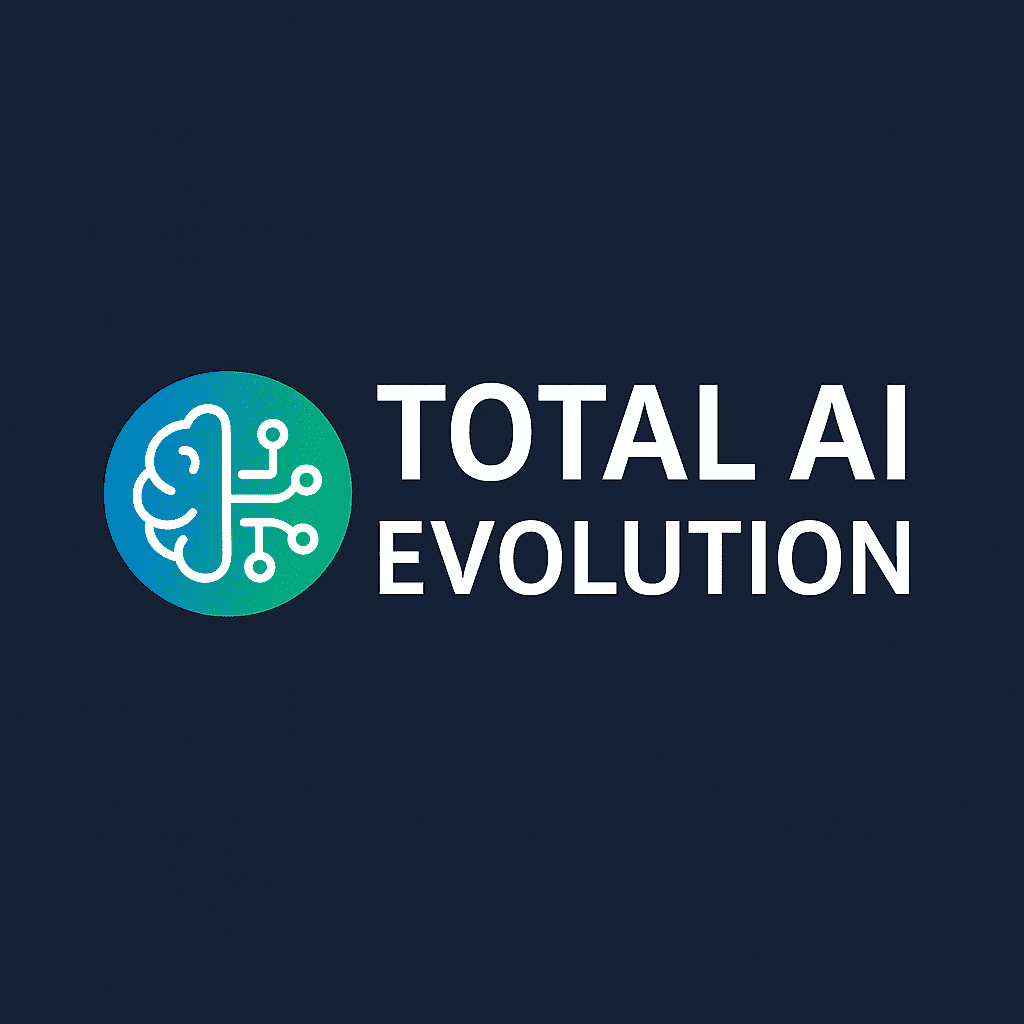Welcome to the RapidInsight Dashboard
Explore the most critical insights in Economy and Business Ecology. Click on any topic to reveal strategic takeaways.
1. Circular Economy
- Reduces waste and enhances resource efficiency.
- Encourages sustainable product design.
- Promotes innovation in recycling and reuse.
- Improves brand value and customer loyalty.
- Helps in regulatory compliance and risk management.
2. ESG Integration
- Enhances long-term financial performance.
- Attracts conscious investors and stakeholders.
- Supports risk mitigation.
- Improves operational efficiencies.
- Aligns with global sustainability goals.
3. Green Finance
- Mobilizes capital for sustainable projects.
- Reduces carbon footprint of portfolios.
- Stimulates innovation in clean technology.
- Encourages regulatory alignment.
- Creates new revenue opportunities.
4. Sustainable Supply Chains
- Reduces environmental and social risks.
- Boosts resilience and flexibility.
- Improves transparency and accountability.
- Builds trust with stakeholders.
- Encourages ethical sourcing and practices.
5. Circular Business Models
- Transforms waste into value streams.
- Extends product lifecycle value.
- Fosters customer engagement and retention.
- Enhances operational efficiency.
- Supports corporate sustainability goals.
6. Climate Risk Management
- Improves disaster resilience.
- Safeguards physical and financial assets.
- Informs strategic decision-making.
- Boosts investor confidence.
- Drives compliance with environmental laws.
7. Green Innovation
- Encourages disruptive eco-friendly solutions.
- Drives competitive advantage.
- Opens up new market segments.
- Enhances brand image and loyalty.
- Reduces environmental impact.
8. Regenerative Economy
- Focuses on restoring natural systems.
- Creates inclusive, resilient communities.
- Prioritizes long-term ecological balance.
- Aligns economic growth with sustainability.
- Encourages local resource optimization.
9. Social Impact Investing
- Drives financial returns with social outcomes.
- Addresses global social challenges.
- Builds inclusive economic systems.
- Enhances investor alignment with values.
- Promotes transparency in impact measurement.
10. Eco-Efficiency Metrics
- Measures resource productivity.
- Identifies operational inefficiencies.
- Supports performance benchmarking.
- Enables data-driven sustainability strategies.
- Improves reporting and accountability.
Keep Driving Sustainable Growth
Stay informed and adaptive with RapidInsight. Harness these insights to build resilient, future-forward business ecosystems.
🌱 7 Step-by-Step Guide to Building a Future-Ready Business Ecosystem
1. Assess & Align
- Evaluate current ecosystem (internal operations, partners, value chain).
- Align with long-term sustainability goals (e.g., net-zero, SDGs).
- Map key risks and opportunities (climate, social, technological).
2. Stakeholder Engagement
- Identify and involve key stakeholders: employees, suppliers, investors, communities.
- Foster transparent communication and mutual value creation.
- Build partnerships around shared purpose and outcomes.
3. Integrate ESG & Circularity
- Embed Environmental, Social, and Governance (ESG) principles into business models.
- Adopt circular economy strategies (reuse, recycle, reduce).
- Implement ethical sourcing and responsible resource use.
4. Innovate & Invest
- Invest in green technologies, digital transformation, and low-carbon solutions.
- Encourage a culture of innovation for resilience (R&D, open innovation).
- Support startups and SMEs that align with future-oriented goals.
5. Data, Metrics & Transparency
- Define and track impact KPIs (carbon, water, diversity, innovation).
- Use eco-efficiency and impact metrics to guide decisions.
- Report progress using standard frameworks (GRI, TCFD, SASB).
6. Adapt & Evolve
- Continuously scan trends and disruptors (AI, regulation, market shifts).
- Create agile processes for strategic pivots and ecosystem renewal.
- Invest in reskilling and leadership development.
7. Measure Impact & Scale
- Evaluate impact across the entire ecosystem.
- Scale successful models through replication and partnerships.
- Reward sustainable behaviors and reinforce ecosystem-wide resilience.





